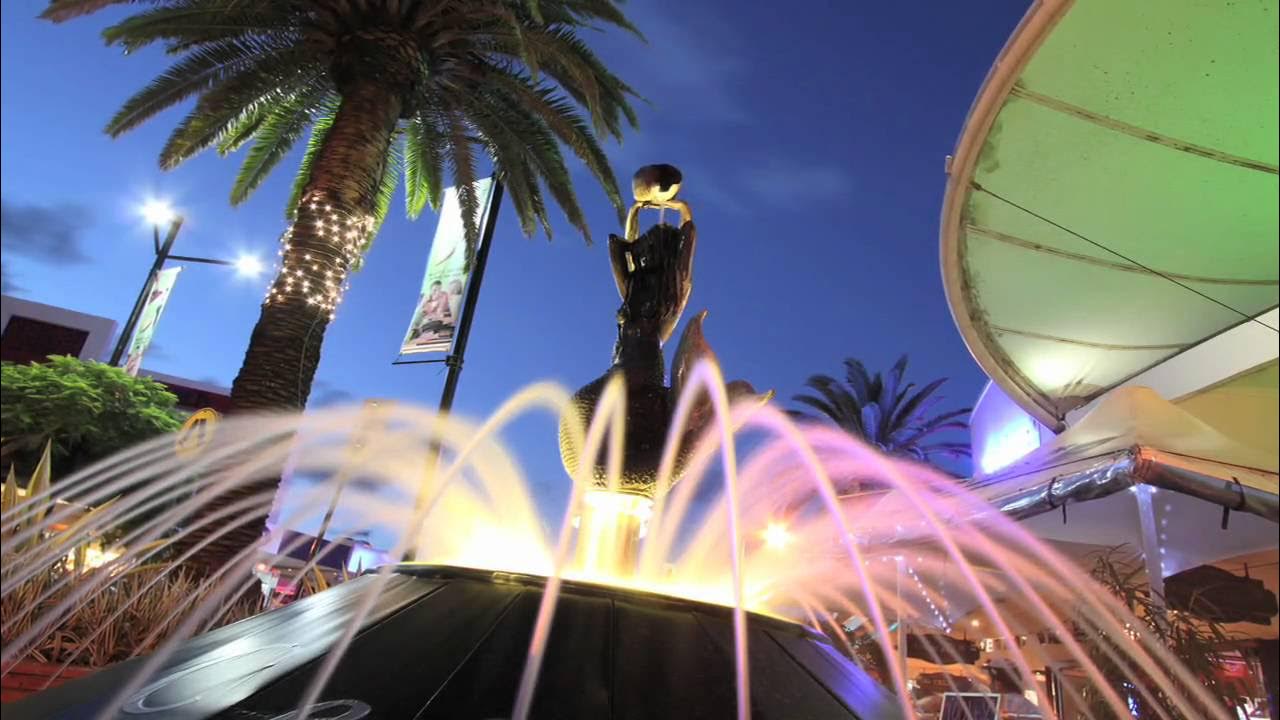Introduction to Exposure
Summary
TLDRThis video script delves into the concept of exposure in photography, explaining how it's the correct amount of light needed to create a desired image effect. It uses an ice example to illustrate how adjusting exposure can capture the true brightness of a scene. The script introduces the exposure triangle, comprising ISO, shutter speed, and aperture, which together determine the image's brightness. It suggests that ISO is often set and left, while aperture and shutter speed are actively adjusted for exposure. The video aims to educate viewers on these fundamental photography settings.
Takeaways
- 📸 **Exposure Defined**: Exposure in photography is the correct amount of light that falls upon a light-sensitive medium to create the desired image effect.
- 🌞 **Example of Exposure**: The speaker used the example of photographing ice to illustrate how adjusting exposure can capture the true color and brightness of a subject.
- 📉 **Exposure Triangle**: Exposure is often visualized as a triangle with ISO, shutter speed, and aperture as its corners, representing the interplay of these settings.
- 🔑 **ISO**: ISO represents the sensitivity of the film or sensor to light, and it's often adjusted less frequently compared to the other two settings.
- 📹 **Shutter Speed**: Shutter speed is the duration the camera's shutter is open, measured in fractions of a second, and affects motion blur and camera shake.
- 🏞️ **Aperture**: Aperture is the opening in the camera lens that controls the amount of light that enters, similar to the size of a window controlling light in a room.
- 🔄 **Dynamic Adjustment**: Photographers often set ISO and then adjust aperture and shutter speed to achieve the desired exposure.
- 📉 **ISO as a Baseline**: ISO is sometimes considered a baseline setting that is adjusted less actively compared to aperture and shutter speed.
- 🌆 **Adjusting to Light Conditions**: As light conditions change, such as during sunset or entering a darker room, ISO might be the first setting to adjust.
- 📚 **Further Learning**: The speaker encourages viewers to explore further videos on exposure, ISO, shutter speed, and aperture for more in-depth understanding.
Q & A
What is exposure in photography?
-Exposure in photography is defined as the correct amount of light that falls upon a light-sensitive medium to create an image with the desired effect of the photographer.
Why is exposure important in photography?
-Exposure is important because it determines the brightness of an image and can significantly affect the final outcome of a photograph.
What is the relationship between exposure and the desired effect of a photograph?
-The exposure directly affects the color, brightness, and overall look of a photograph, allowing the photographer to achieve the intended visual effect.
How does the photographer control exposure?
-Photographers control exposure by adjusting ISO, shutter speed, and aperture, which together form the exposure triangle.
What is the role of ISO in exposure?
-ISO represents the sensitivity of the camera sensor to light. A higher ISO means the camera is more sensitive to light, allowing for faster shutter speeds in low light conditions.
What does shutter speed control in photography?
-Shutter speed controls the duration of the exposure. It determines how long the camera sensor is exposed to light, which can affect motion blur or sharpness in a photo.
How does aperture affect exposure?
-Aperture is the opening in the camera lens that controls the amount of light that enters. A larger aperture allows more light in, while a smaller aperture lets in less light.
What is the 'exposure triangle' mentioned in the script?
-The exposure triangle refers to the relationship between ISO, shutter speed, and aperture. These three elements work together to determine the exposure of a photograph.
Why is it said that ISO is often set and then left alone?
-ISO is often set and left alone because it is adjusted based on the lighting conditions, and once set, photographers typically focus on adjusting aperture and shutter speed for creative control.
How does the amount of light falling on different parts of a scene affect exposure?
-Different parts of a scene receiving varying amounts of light require the photographer to decide what to expose for, which can lead to some areas being brighter or darker than others in the final image.
What is the significance of the example given about the ice and the shore of the creek?
-The example illustrates how a photographer might choose to expose for a specific part of an image, like the ice, to ensure it appears bright and colorful as seen by the eye, while other parts of the image might be intentionally underexposed.
Outlines

Этот раздел доступен только подписчикам платных тарифов. Пожалуйста, перейдите на платный тариф для доступа.
Перейти на платный тарифMindmap

Этот раздел доступен только подписчикам платных тарифов. Пожалуйста, перейдите на платный тариф для доступа.
Перейти на платный тарифKeywords

Этот раздел доступен только подписчикам платных тарифов. Пожалуйста, перейдите на платный тариф для доступа.
Перейти на платный тарифHighlights

Этот раздел доступен только подписчикам платных тарифов. Пожалуйста, перейдите на платный тариф для доступа.
Перейти на платный тарифTranscripts

Этот раздел доступен только подписчикам платных тарифов. Пожалуйста, перейдите на платный тариф для доступа.
Перейти на платный тарифПосмотреть больше похожих видео
5.0 / 5 (0 votes)






